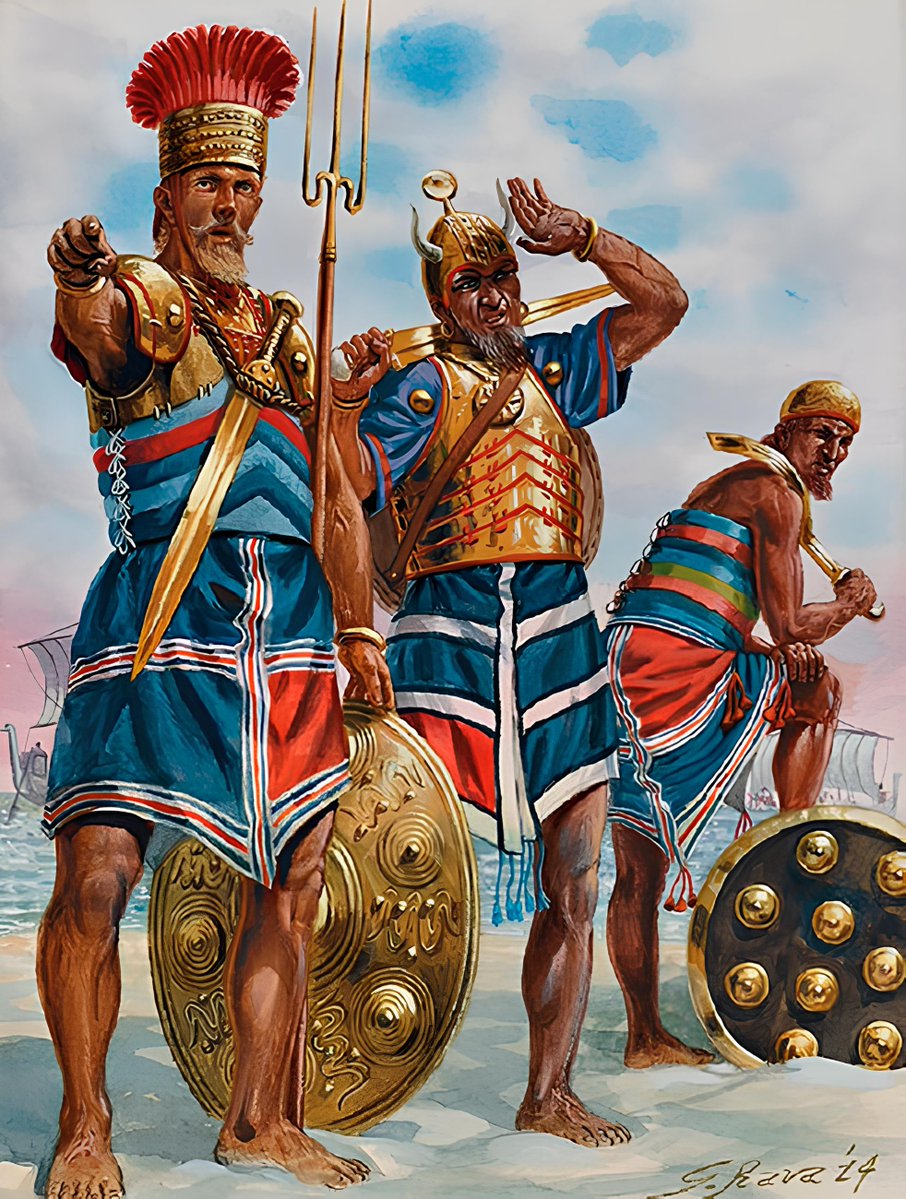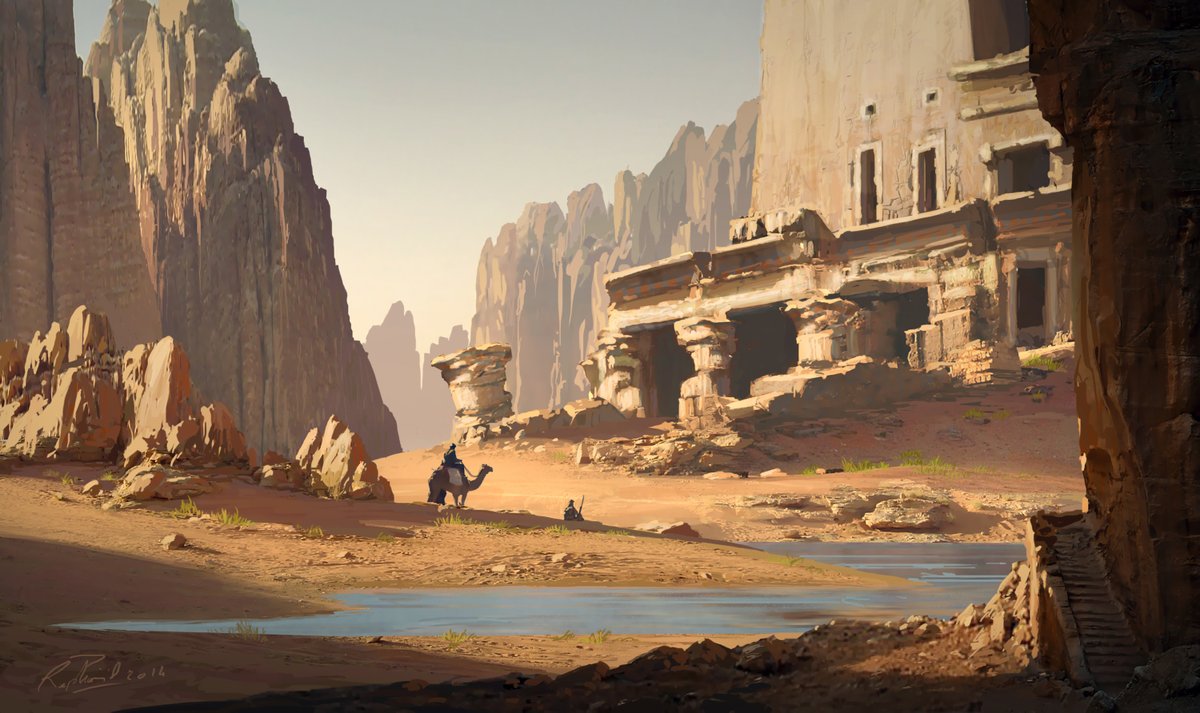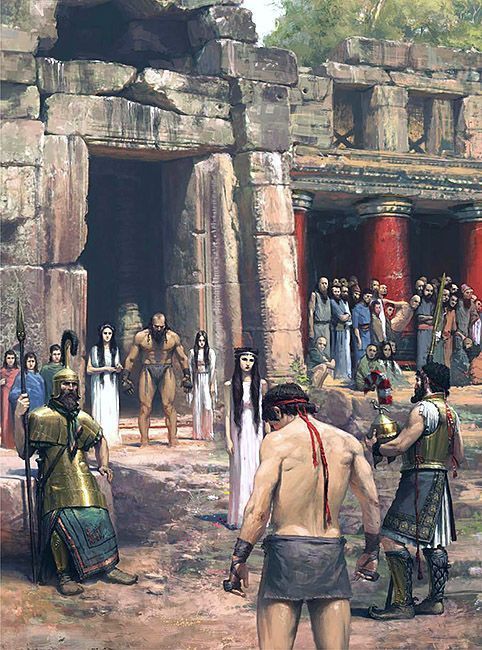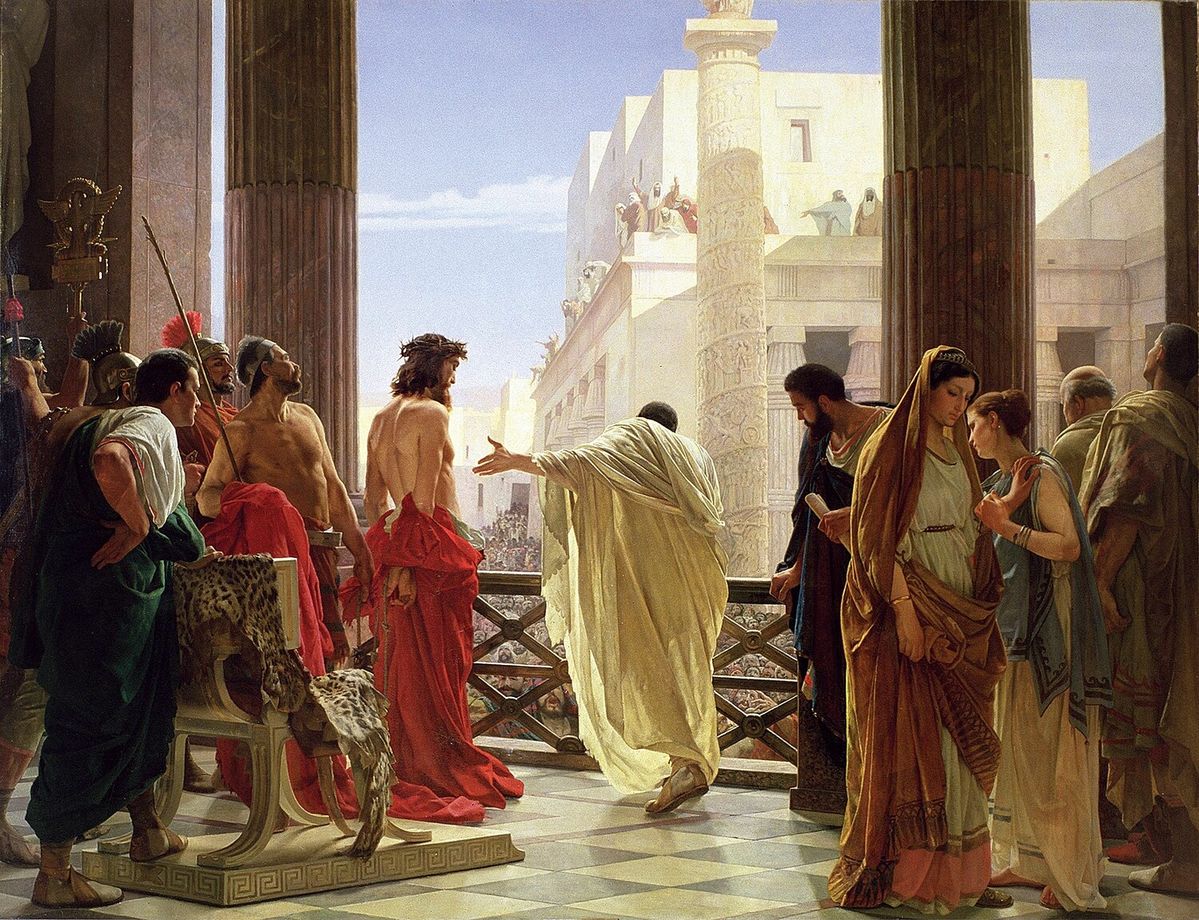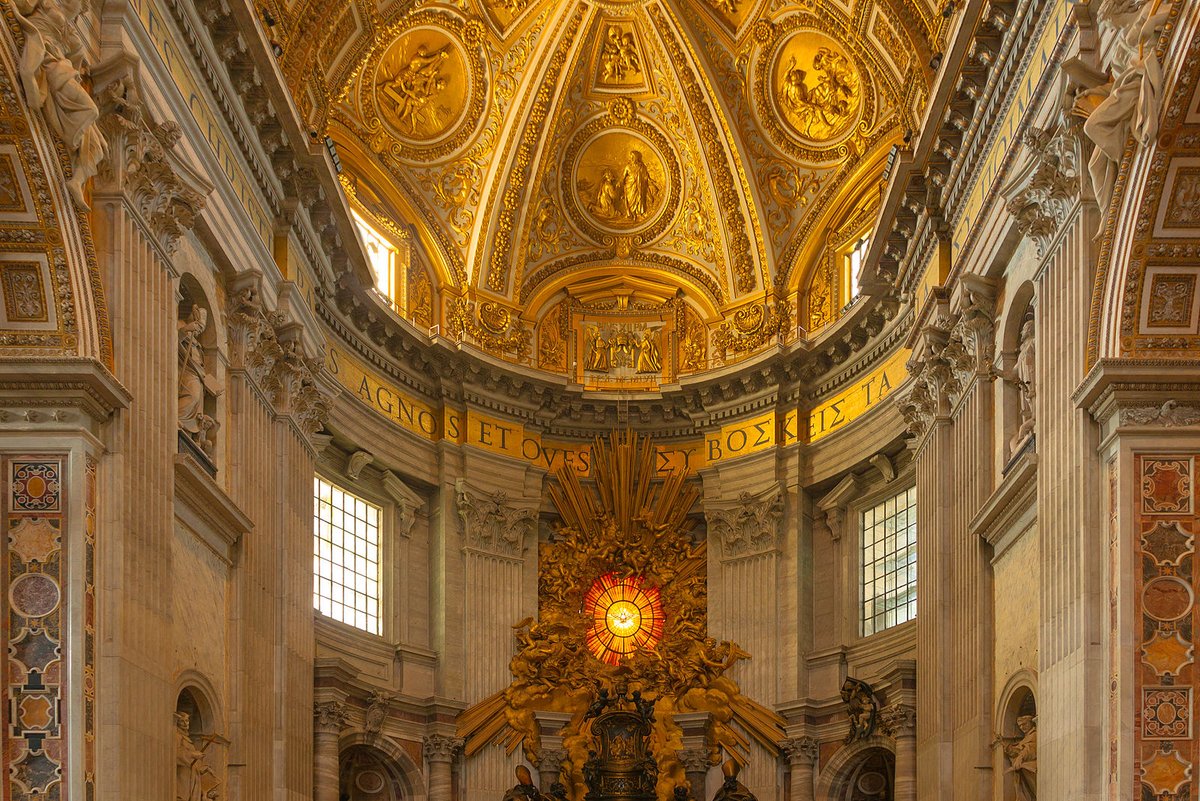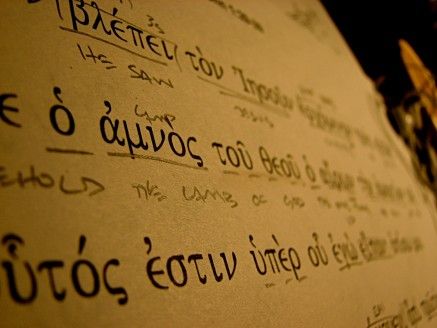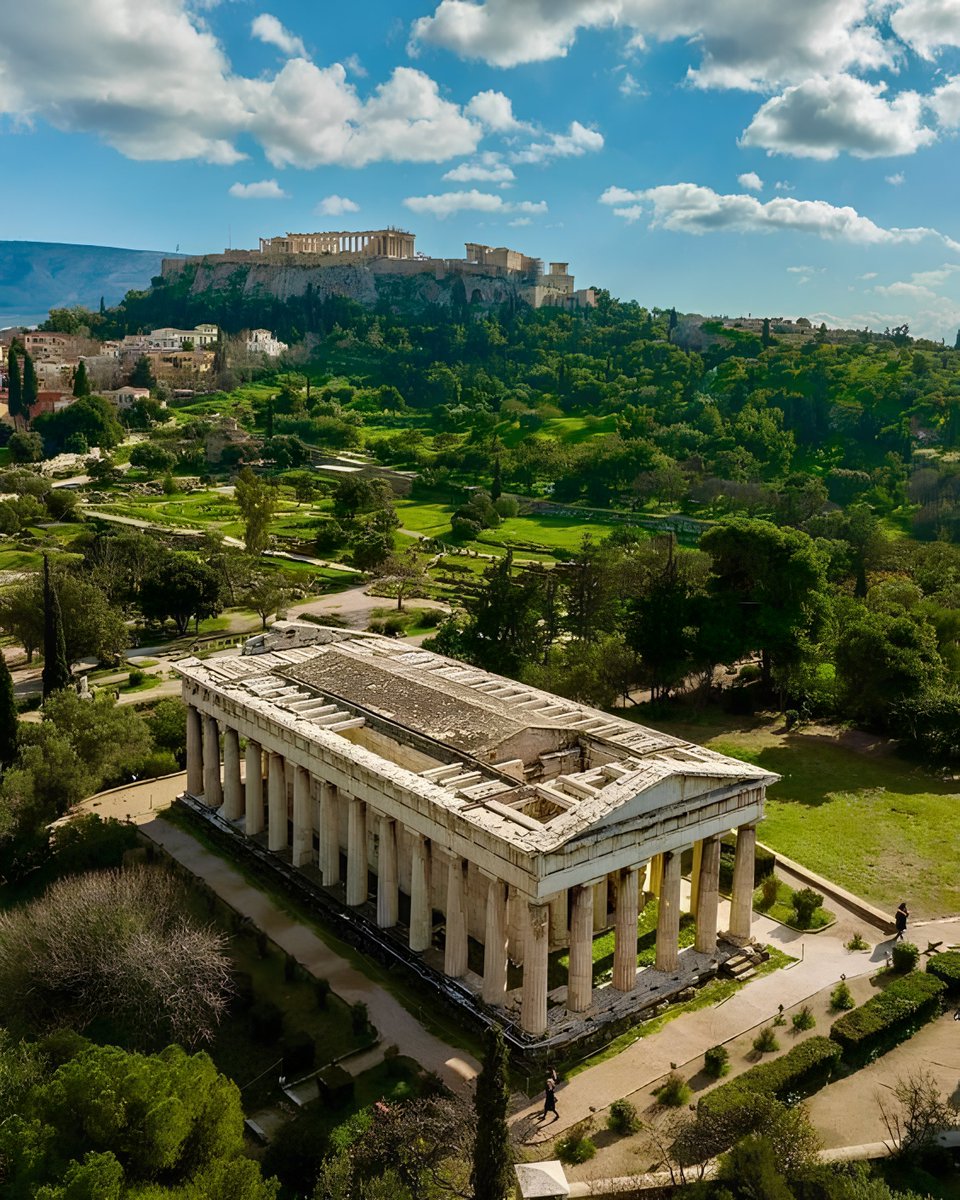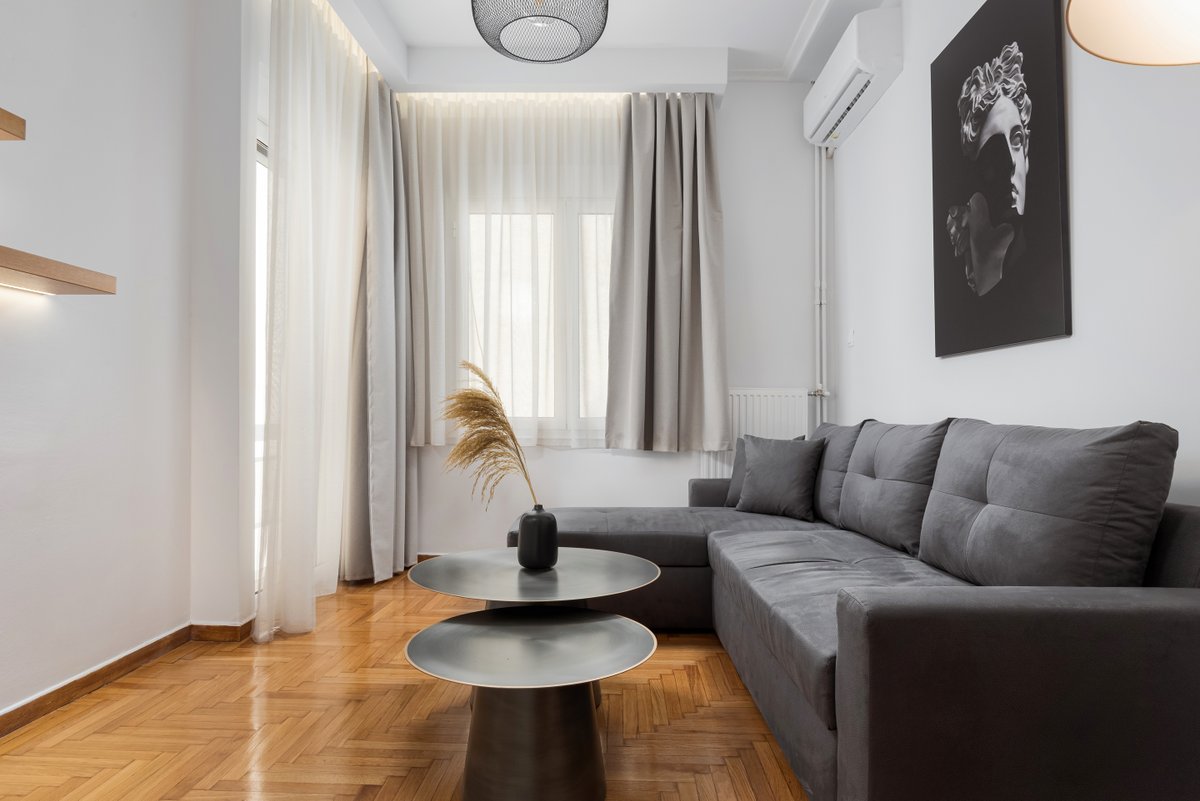Ancient Tech: Strange Technologies of the Past
Who built the Pyramids? How could the Byzantines burn Saracen fleets with liquid napalm? What was the Laser Beam of Archimedes? How was a giant statue levitating in Alexandria?
From the indestructible Roman concrete to the intricate mechanisms of the ancient Hellenic world, these ten ancient technological curiosities stand as samples of the ingenuity and creativity of our ancestors.
Join me on a journey through the sands of time to explore some extraordinary feats of ancient engineering and innovation, each with its own unique purpose and legacy:
Who built the Pyramids? How could the Byzantines burn Saracen fleets with liquid napalm? What was the Laser Beam of Archimedes? How was a giant statue levitating in Alexandria?
From the indestructible Roman concrete to the intricate mechanisms of the ancient Hellenic world, these ten ancient technological curiosities stand as samples of the ingenuity and creativity of our ancestors.
Join me on a journey through the sands of time to explore some extraordinary feats of ancient engineering and innovation, each with its own unique purpose and legacy:

1.Antikythera Mechanism - Invented by Ancient Greek scientists, possibly including Hipparchus or Posidonius, the Antikythera Mechanism is an ancient analog computer used to predict astronomical positions and eclipses for calendrical and astrological purposes. It is estimated to be more than 2000 years old.

2.Greek Fire - While the exact inventor is unknown, Greek Fire was an incendiary weapon used by the Byzantine Empire in the 7th century. It was a closely guarded secret and its composition remains a mystery, but it was highly effective in naval warfare.
The ability to project Greek fire from ship-mounted siphons provided the Byzantines with a decisive tactical advantage in sea battles.
The ability to project Greek fire from ship-mounted siphons provided the Byzantines with a decisive tactical advantage in sea battles.

3.Chinese Compass - The Chinese compass, also known as the "south-pointing chariot," was invented during the Han Dynasty (2nd century BC). Although its exact inventor is debated, it was used for divination and navigation, employing the magnetic properties of lodestone.
The key component of the Chinese compass was a lodestone (a naturally occurring magnetic mineral) or a magnetized iron pointer. This magnetic element would align itself with Earth's magnetic field, pointing in a north-south direction.
The key component of the Chinese compass was a lodestone (a naturally occurring magnetic mineral) or a magnetized iron pointer. This magnetic element would align itself with Earth's magnetic field, pointing in a north-south direction.

4.Giant Structures: Ancient giant structures still baffle engineers as to how they were built. The Egyptian pyramids served as monumental tombs for pharaohs, demonstrating their power and ensuring their transition to the afterlife. These giant structures are enduring symbols of ancient Egypt's civilization and architectural prowess.
Another example is the Colossus; erected on the Greek island of Rhodes in the 3rd century BCE, the Colossus of Rhodes was a giant bronze statue depicting the sun god Helios. While its exact purpose remains uncertain, it likely served as a symbol of Rhodes' power and wealth.
Another example is the Colossus; erected on the Greek island of Rhodes in the 3rd century BCE, the Colossus of Rhodes was a giant bronze statue depicting the sun god Helios. While its exact purpose remains uncertain, it likely served as a symbol of Rhodes' power and wealth.

5.Maya Calendar & Mathematics - The Maya civilization developed a sophisticated calendar system, including the Long Count calendar, which was used for tracking time over long periods.
While not attributed to a single inventor, and in fact a combination of multiple calendars, it was a product of extensive mathematical and astronomical knowledge among Maya scholars.
The “Long Count” calculated time in terms of "baktuns," each of which is equivalent to 144,000 days. Therefore, one baktun in the Maya Long Count calendar spans approximately 394.26 solar years.
Another Great example of inexplicable astronomical knowledge is how the primitive tribe of Dogon (Africa) knew details about Sirius (the star system) that scientists (re)discovered in the 21st century.
While not attributed to a single inventor, and in fact a combination of multiple calendars, it was a product of extensive mathematical and astronomical knowledge among Maya scholars.
The “Long Count” calculated time in terms of "baktuns," each of which is equivalent to 144,000 days. Therefore, one baktun in the Maya Long Count calendar spans approximately 394.26 solar years.
Another Great example of inexplicable astronomical knowledge is how the primitive tribe of Dogon (Africa) knew details about Sirius (the star system) that scientists (re)discovered in the 21st century.

6.Greek Hydraulic Systems - Ancient Greeks, particularly in cities like Athens, Alexandria and Corinth, developed sophisticated hydraulic systems for public works projects such as fountains, baths, and irrigation. These systems utilized water pressure and gravity to perform various tasks.
Dinocrates, working for Alexander as the architect of Alexandria, worked with Cleomenes of Naucratis and Crates of Olynthus, an esteemed hydraulic engineer, to built the waterworks for the city and the sewer system demanded by the low-lying site.
Dinocrates, working for Alexander as the architect of Alexandria, worked with Cleomenes of Naucratis and Crates of Olynthus, an esteemed hydraulic engineer, to built the waterworks for the city and the sewer system demanded by the low-lying site.

7.Roman Concrete & Aqueducts - Developed by the ancient Romans, Roman concrete was a remarkable building material that enabled the construction of durable structures such as aqueducts, bridges, and the Pantheon. Its precise composition, which included volcanic ash and lime, allowed it to harden underwater.
They also engineered an extensive network of aqueducts to supply water to cities, baths, and agricultural lands. While individual inventors are not credited, Roman engineers employed advanced techniques in hydraulics and surveying to construct these marvels.
They also engineered an extensive network of aqueducts to supply water to cities, baths, and agricultural lands. While individual inventors are not credited, Roman engineers employed advanced techniques in hydraulics and surveying to construct these marvels.

8.The Baghdad & Egyptian Batteries - Discovered in Iraq and dating back to around 250 BCE, the Baghdad Battery is a curious artifact consisting of a clay pot, an iron rod, and a copper cylinder.
While its exact purpose remains uncertain, some theories suggest it may have been used for electroplating or generating small amounts of electricity.
There are also Egyptian hieroglyphics and depictions of such devices, also connected with something eerily similar to light bulbs.
While its exact purpose remains uncertain, some theories suggest it may have been used for electroplating or generating small amounts of electricity.
There are also Egyptian hieroglyphics and depictions of such devices, also connected with something eerily similar to light bulbs.

9.Archimedes' Laser Beam and Giant Claw: During the Siege of the Greek city of Syracuse in 214–212 BCE, Archimedes designed various war machines to defend the city.
One of these devices, known as the "Claw of Archimedes," was a large grappling hook attached to a crane, allegedly used to lift enemy ships out of the water and then smashing them through dropping them back down.
Another great one was the Archimedes' Heat Ray: While not a laser beam, legend has it that Archimedes devised a system of mirrors or reflective surfaces to concentrate sunlight and set enemy ships ablaze during the Siege of Syracuse.
One of these devices, known as the "Claw of Archimedes," was a large grappling hook attached to a crane, allegedly used to lift enemy ships out of the water and then smashing them through dropping them back down.
Another great one was the Archimedes' Heat Ray: While not a laser beam, legend has it that Archimedes devised a system of mirrors or reflective surfaces to concentrate sunlight and set enemy ships ablaze during the Siege of Syracuse.

10.The Levitating Statue of Alexandria: The Levitating Statue of Alexandria, also known as the "Magnetic Statue," was a remarkable ancient curiosity reportedly constructed in the city of Alexandria, during the Hellenistic age of the Greek Pharaohs.
Its exact purpose and mechanism remain shrouded in mystery, with some accounts suggesting it was powered by magnets to create the illusion of levitation.
It was said to be placed in the temple of Helios (Sun in Greek) and that it weighed several tons and stood at an impressive height.
Its exact purpose and mechanism remain shrouded in mystery, with some accounts suggesting it was powered by magnets to create the illusion of levitation.
It was said to be placed in the temple of Helios (Sun in Greek) and that it weighed several tons and stood at an impressive height.

While most of these mysteries of the ancient world remain unsolved, our journey of exploration continues, fueled by curiosity and a desire to unlock the secrets of the past.
Part of why I keep consuming history, directly from the sources – when possible, is because most of this knowledge is understated, downplayed and discredited; it is doomed to be forgotten and the irony is that our power as a species lies in our past.
This is not because our ancestors were smarter but because we can learn from them. As we forge ahead into the future, may we draw inspiration from the achievements of those who came before us and strive to leave our own mark on this galaxy.
Part of why I keep consuming history, directly from the sources – when possible, is because most of this knowledge is understated, downplayed and discredited; it is doomed to be forgotten and the irony is that our power as a species lies in our past.
This is not because our ancestors were smarter but because we can learn from them. As we forge ahead into the future, may we draw inspiration from the achievements of those who came before us and strive to leave our own mark on this galaxy.

• • •
Missing some Tweet in this thread? You can try to
force a refresh


